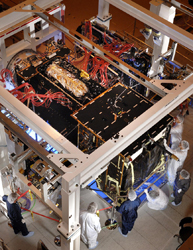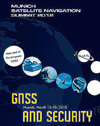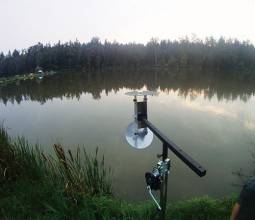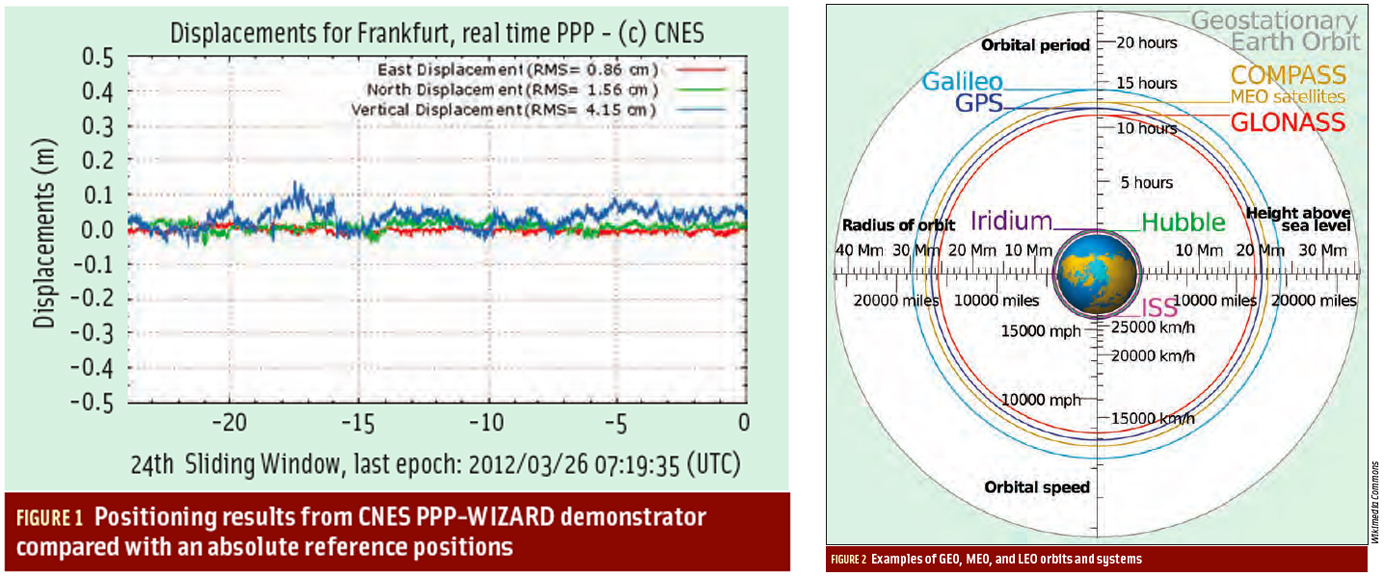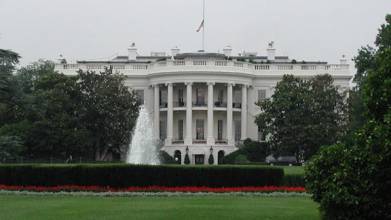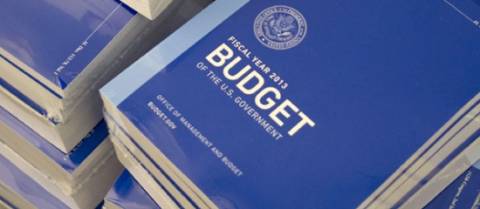March 26, 2012
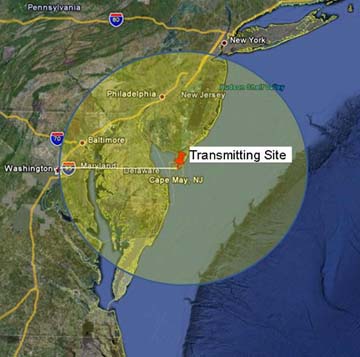 UrsaNav LF transmitter site for timing synchronization trials
UrsaNav LF transmitter site for timing synchronization trialsVirginia-based engineering firm UrsaNav Inc. has begun transmitting a variety of low frequency (LF) test signals, including enhanced Loran (eLORAN), as part of a cooperative research and development agreement (CRADA) with the U.S. Coast Guard (USCG).
The test program include a comprehensive palette of signals that are being evaluated for their ability to provide a robust, wide-area, wireless precise timing alternative that can operate cooperatively with GNSS technology or autonomously during GNSS unavailability.
Read More >
By Inside GNSS










